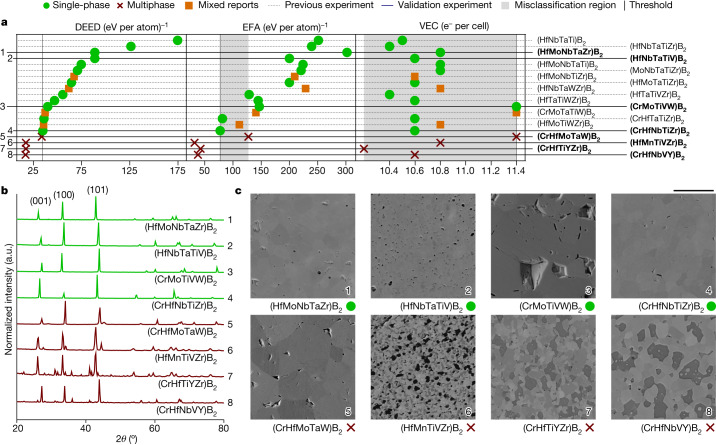Fig. 3. DEED’s functional synthesizability prediction performance for high-entropy borides.
DEED balances the entropy gains with enthalpy costs for forming a single-phase, predicting synthesizability. a, Here its superior performance is compared with EFA and VEC for borides.  and
and  represent systems forming single- and multiphases, respectively.
represent systems forming single- and multiphases, respectively.  show systems with mixed reports of forming both single- and multiphases. The references for the previous experimental results are listed in Table 1. Our validation experiments presented in this paper are set bold. The misclassification regions, in grey, encompass all single-phase systems that are on the incorrect side of the single- and/or multiphase threshold (vertical line). b, The XRD spectra for borides. The four green spectra show a AlB2 hexagonal phase. By contrast, the red spectra show a combination of two distinct AlB2 phases or a AlB2 phase with a Y-based hexagonal phase. c, Microstructures from SEM analysis. Scale bar, 10 μm.
show systems with mixed reports of forming both single- and multiphases. The references for the previous experimental results are listed in Table 1. Our validation experiments presented in this paper are set bold. The misclassification regions, in grey, encompass all single-phase systems that are on the incorrect side of the single- and/or multiphase threshold (vertical line). b, The XRD spectra for borides. The four green spectra show a AlB2 hexagonal phase. By contrast, the red spectra show a combination of two distinct AlB2 phases or a AlB2 phase with a Y-based hexagonal phase. c, Microstructures from SEM analysis. Scale bar, 10 μm.

